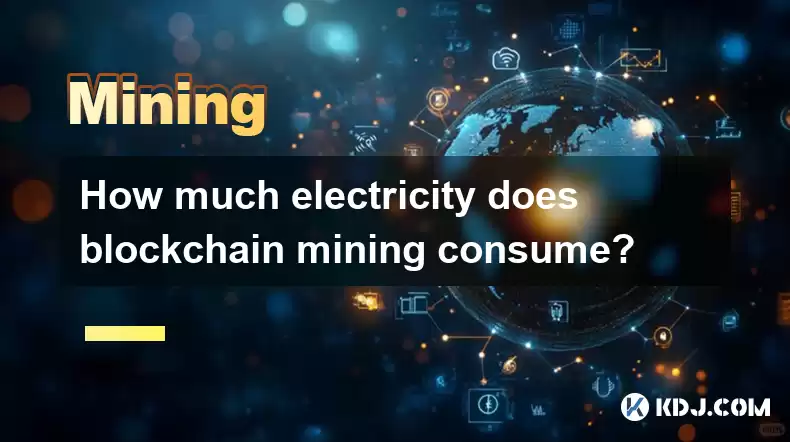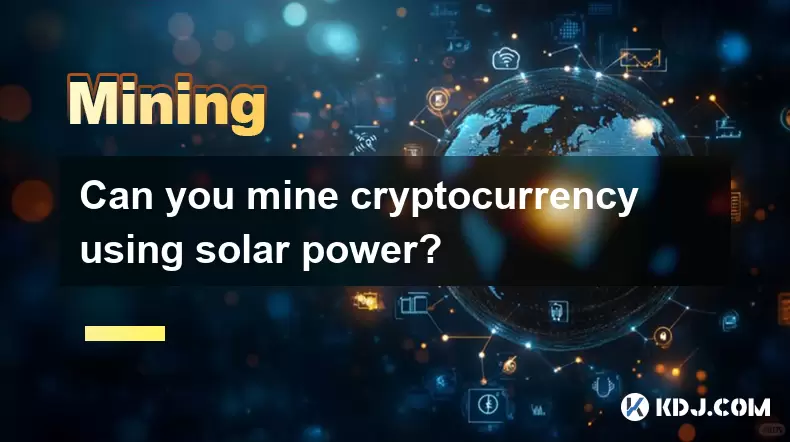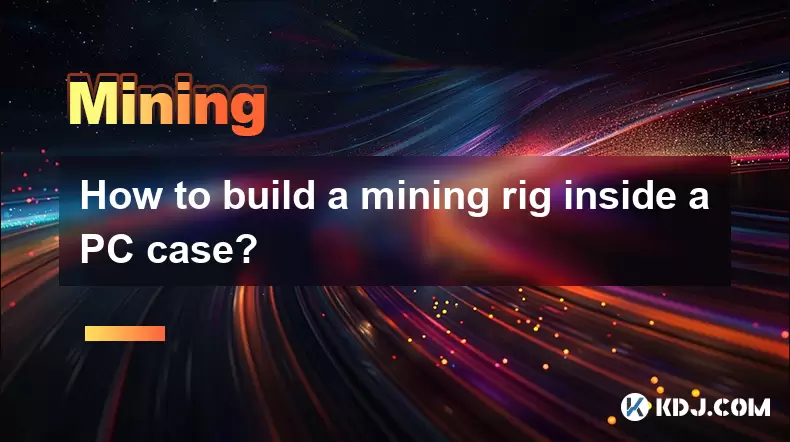-
 Bitcoin
Bitcoin $117500
2.15% -
 Ethereum
Ethereum $3911
6.19% -
 XRP
XRP $3.316
10.79% -
 Tether USDt
Tether USDt $1.000
0.01% -
 BNB
BNB $787.2
2.24% -
 Solana
Solana $175.2
4.15% -
 USDC
USDC $0.9999
0.00% -
 Dogecoin
Dogecoin $0.2225
8.40% -
 TRON
TRON $0.3383
0.28% -
 Cardano
Cardano $0.7868
6.02% -
 Stellar
Stellar $0.4382
9.34% -
 Hyperliquid
Hyperliquid $40.92
7.56% -
 Sui
Sui $3.764
7.63% -
 Chainlink
Chainlink $18.48
10.66% -
 Bitcoin Cash
Bitcoin Cash $582.1
1.88% -
 Hedera
Hedera $0.2601
6.30% -
 Avalanche
Avalanche $23.33
4.94% -
 Ethena USDe
Ethena USDe $1.001
0.02% -
 Litecoin
Litecoin $122.3
2.04% -
 UNUS SED LEO
UNUS SED LEO $8.969
-0.27% -
 Toncoin
Toncoin $3.339
0.86% -
 Shiba Inu
Shiba Inu $0.00001287
4.30% -
 Uniswap
Uniswap $10.43
7.38% -
 Polkadot
Polkadot $3.861
5.08% -
 Dai
Dai $1.000
0.02% -
 Bitget Token
Bitget Token $4.513
3.41% -
 Monero
Monero $267.7
-6.18% -
 Cronos
Cronos $0.1499
4.14% -
 Pepe
Pepe $0.00001110
5.15% -
 Aave
Aave $284.9
8.28%
How much electricity does blockchain mining consume?
Blockchain mining's energy use varies wildly, with Proof-of-Work systems like Bitcoin consuming far more than Proof-of-Stake alternatives. Factors like hardware, electricity costs, and mining difficulty all significantly impact overall energy consumption.
Mar 17, 2025 at 11:48 pm

Key Points:
- Blockchain mining's energy consumption varies drastically depending on the cryptocurrency, the mining hardware used, and the efficiency of the mining operation.
- Proof-of-work (PoW) consensus mechanisms, like those used by Bitcoin and Ethereum (before the Merge), are significantly more energy-intensive than proof-of-stake (PoS) systems.
- Energy consumption is influenced by factors such as hash rate, mining difficulty, and the price of electricity.
- Various initiatives are underway to improve the energy efficiency of blockchain mining.
How Much Electricity Does Blockchain Mining Consume?
The energy consumption of blockchain mining is a complex issue with no single, simple answer. It's a constantly evolving landscape, influenced by technological advancements and market dynamics. The amount of electricity used depends heavily on several crucial factors.
Firstly, the specific cryptocurrency being mined plays a major role. Bitcoin, using a proof-of-work (PoW) system, demands significantly more energy than cryptocurrencies employing proof-of-stake (PoS) consensus mechanisms. PoW systems require miners to solve complex computational problems, consuming substantial energy in the process. PoS systems, conversely, rely on validators staking their cryptocurrency, requiring far less energy.
The type of mining hardware is another critical factor. Application-Specific Integrated Circuits (ASICs), designed specifically for Bitcoin mining, are far more energy-efficient per unit of hash rate compared to older graphics processing units (GPUs) or CPUs. However, the sheer number of ASICs deployed globally contributes to the overall energy consumption. Technological advancements lead to more efficient hardware, but the scale of operations often offsets these gains.
Mining difficulty, determined by the network's overall computational power, directly impacts energy consumption. A higher difficulty means miners need to expend more energy to solve the cryptographic puzzles and earn rewards. This difficulty adjusts automatically to maintain a consistent block generation time, meaning that as more miners join the network, the difficulty increases, resulting in higher overall energy consumption.
The cost of electricity in a miner's location is also a significant factor. Miners naturally gravitate towards regions with low electricity costs to maximize profitability. This can lead to regional disparities in energy consumption, with some areas experiencing a much larger environmental impact than others.
Furthermore, the efficiency of the mining operation itself plays a role. Well-maintained, optimized mining facilities, often employing sophisticated cooling systems, can significantly reduce energy waste compared to less efficient operations. This includes factors like the cooling system's efficiency and the overall design of the mining facility.
Understanding Proof-of-Work and Proof-of-Stake:
Proof-of-work (PoW) consumes vast amounts of energy due to its competitive nature. Miners race to solve complex cryptographic problems, and the winner gets to add the next block to the blockchain. This competition necessitates substantial computing power, leading to high energy consumption.
Proof-of-stake (PoS), in contrast, is far more energy-efficient. Validators are chosen based on the amount of cryptocurrency they "stake," and they validate transactions without the need for intensive computation. This drastically reduces the energy footprint compared to PoW.
Reducing Blockchain's Energy Consumption:
Several initiatives are underway to reduce the energy footprint of blockchain technologies. These include:
- Shifting to PoS: Many cryptocurrencies are transitioning from PoW to PoS to drastically reduce energy consumption.
- Improving hardware efficiency: Ongoing research and development focus on creating more energy-efficient mining hardware.
- Renewable energy sources: An increasing number of mining operations are powered by renewable energy sources like solar and wind power.
- Optimized mining algorithms: Researchers are working on developing more efficient consensus mechanisms that require less energy.
- Improved cooling techniques: More efficient cooling systems in mining facilities are being implemented to reduce energy waste.
Frequently Asked Questions:
Q: Is all cryptocurrency mining equally energy-intensive?
A: No. Proof-of-work cryptocurrencies like Bitcoin consume significantly more energy than proof-of-stake cryptocurrencies like Cardano or Solana.
Q: How can I estimate the electricity consumption of a specific mining operation?
A: You need to consider the hash rate of the mining hardware, the electricity cost per kilowatt-hour, and the efficiency of the hardware. Online calculators can assist with these estimations.
Q: What is the environmental impact of blockchain mining?
A: The environmental impact is a concern, particularly for PoW cryptocurrencies. The high energy consumption can contribute to greenhouse gas emissions if powered by fossil fuels. However, the use of renewable energy sources can mitigate this impact.
Q: Are there any regulations aiming to reduce the energy consumption of cryptocurrency mining?
A: Some regions are exploring regulations to limit energy consumption or require the use of renewable energy sources for cryptocurrency mining. These regulations are still evolving.
Q: What are the future trends in energy-efficient blockchain technology?
A: Future trends include wider adoption of PoS, further improvements in hardware efficiency, and increased use of renewable energy sources for powering mining operations. Research into more efficient consensus mechanisms is also ongoing.
Disclaimer:info@kdj.com
The information provided is not trading advice. kdj.com does not assume any responsibility for any investments made based on the information provided in this article. Cryptocurrencies are highly volatile and it is highly recommended that you invest with caution after thorough research!
If you believe that the content used on this website infringes your copyright, please contact us immediately (info@kdj.com) and we will delete it promptly.
- FTT Token's Wild Ride: Creditor Repayments vs. Market Drop - A New Yorker's Take
- 2025-08-08 07:10:12
- Floki Crypto Price Prediction: Riding the Robinhood Rocket or Just a Meme?
- 2025-08-08 07:15:12
- EigenLayer, Restaking, and Ethereum: Navigating the Hype and the Hazards
- 2025-08-08 06:30:12
- Super Bowl 59: Jon Batiste to Jazz Up the National Anthem
- 2025-08-08 06:30:12
- Cold Wallet Crypto in 2025: The Future is Now, Ya'll
- 2025-08-08 05:10:13
- MAGACOIN, SOL, and ADA: A Tale of Shifting Tides in Crypto
- 2025-08-08 05:10:13
Related knowledge

What is "proof-of-work" and how does it relate to mining?
Aug 07,2025 at 02:03pm
Understanding the Concept of Proof-of-WorkProof-of-work (PoW) is a consensus mechanism used in blockchain networks to validate transactions and secure...

What are the differences between mining on Windows vs. Linux?
Aug 06,2025 at 11:29pm
Overview of Cryptocurrency Mining PlatformsCryptocurrency mining involves using computational power to solve complex cryptographic puzzles and validat...

How to use an old computer for cryptocurrency mining?
Aug 07,2025 at 12:42pm
Understanding the Feasibility of Using an Old Computer for MiningUsing an old computer for cryptocurrency mining may seem outdated, but it is still te...

Can you mine cryptocurrency using solar power?
Aug 07,2025 at 12:00am
Understanding the Basics of Cryptocurrency MiningCryptocurrency mining involves validating transactions on a blockchain network by solving complex cry...

How to build a mining rig inside a PC case?
Aug 06,2025 at 11:01pm
Understanding the Basics of a Mining Rig in a PC CaseBuilding a mining rig inside a PC case involves transforming a standard computer chassis into a d...

What are the best cryptocurrencies to mine with an ASIC?
Aug 08,2025 at 01:22am
Understanding ASIC Mining and Its Role in CryptocurrencyASIC stands for Application-Specific Integrated Circuit, a specialized hardware designed to pe...

What is "proof-of-work" and how does it relate to mining?
Aug 07,2025 at 02:03pm
Understanding the Concept of Proof-of-WorkProof-of-work (PoW) is a consensus mechanism used in blockchain networks to validate transactions and secure...

What are the differences between mining on Windows vs. Linux?
Aug 06,2025 at 11:29pm
Overview of Cryptocurrency Mining PlatformsCryptocurrency mining involves using computational power to solve complex cryptographic puzzles and validat...

How to use an old computer for cryptocurrency mining?
Aug 07,2025 at 12:42pm
Understanding the Feasibility of Using an Old Computer for MiningUsing an old computer for cryptocurrency mining may seem outdated, but it is still te...

Can you mine cryptocurrency using solar power?
Aug 07,2025 at 12:00am
Understanding the Basics of Cryptocurrency MiningCryptocurrency mining involves validating transactions on a blockchain network by solving complex cry...

How to build a mining rig inside a PC case?
Aug 06,2025 at 11:01pm
Understanding the Basics of a Mining Rig in a PC CaseBuilding a mining rig inside a PC case involves transforming a standard computer chassis into a d...

What are the best cryptocurrencies to mine with an ASIC?
Aug 08,2025 at 01:22am
Understanding ASIC Mining and Its Role in CryptocurrencyASIC stands for Application-Specific Integrated Circuit, a specialized hardware designed to pe...
See all articles

























































































